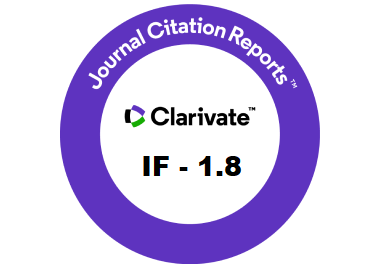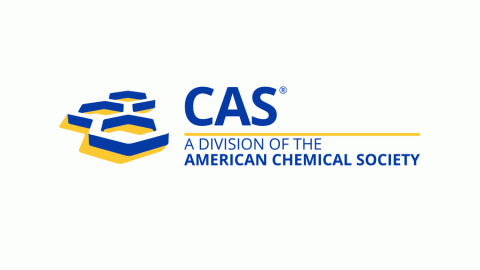A New Measurement Model to Estimate the Intensity of Acrotony on the Latent Buds of Grapevine Canes (Vitis vinifera L.)
DOI:
https://doi.org/10.15835/nbha47311452Keywords:
acrotony; budbreak; bud dormancy; grapevines; Vitis vinifera L.Abstract
In warm regions, such as in southern Greece, the climate change can lead to prolonged dormancy as well as to problems in bud dormancy (delay in breaking time, reduce the rate of budbreak, intensity of the phenomenon of acrotony, grapevine bud fall, disorders in bloom with intense blossom dropping, etc.), with a significant impact on the production of the vines. In these areas, it is necessary to apply chemical substances in order to break the dormancy and advance budbreak, especially when it comes to new table grape varieties, most of which are seedless. Another phenomenon which is observed on grapevines and is directly associated with budbreak is acrotony, where the apical buds of the cane break first compared to the middle and basal ones. Acrotony can constitute a problem because it can cause irregular grape ripening, different timing of various activities in the vineyard, which brings about higher cultivation costs. In this research, a new method to measure and evaluate the acrotony and its intensity on the latent buds of grapevine canes was described. The results of two chemical substances applied on table grape variety ‘Prime’ in order to advance budbreak were presented.
References
Baggiolini M (1952). Les stades repères dans le développement annuel de la vigne et leur utilization pratique (in French) [The landmark stages in the annual development of the vine and their practical use]. Revue Romande d’Agriculture, de Viticulture et d’Arboriculture 8:4-6.
Baillod M, Baggiolini M (1993). Les stades repères de la vigne (in French) [The benchmark stages of the vineyard]. Revue Suisse de Viticulture Arboriculture Horticulture 1:7-9.
Bugnon F, Bessis R (1968). Biology de la Vigne (in French) [Biology of the wine]. Masson et Cie. Paris.
Coombe BG (1995). Growth stages of the grapevine: Adoption of a system for identifying grapevine growth stages. Australian Journal of Grape and Wine Research 1(2):100-110.
Deloire A (2009). Grapevine morphology and flowering: Buds of the grapevine primary shoot. Technical Yearbook 2009. Department of Viticulture and Oenology, University of Stellenbosch.
Dokoozlian NK, Williams LE, Neja RA (1995). Chilling exposure and hydrogen cyanamide interact in breaking dormancy of grape buds. HortScience 30(6):1244-1247.
Dokoozlian NK (1999). Chilling temperature and duration interact on the bud break of ‘‘perlette’’ grapevine cuttings. HortScience 34(6):1054-1056.
Eichhorn KW, Lorenz H (1977). Phaenologische Entwick-lungstadien der Rebe (in German) [Phaenological development stages of the vine]. Nachrichtenblatt des Deutschen Pflanzen-schutzdienstes (Braunschweig) 29:119-120.
Lang GA, Early JD, Martin GC, Darnell RL (1987). Endo, para and ecodormancy: physiological terminology and classification for dormancy research. HortScience 22:271-277.
Lavee S, May P (1997). Dormancy of grapevines buds-facts and speculation. Australian Journal of Grape and Wine Research 3(1):31-46.
Lorenz DH, Eichhorn KW, Bleiholder H, Klose R, Meier U, Weber E (1995). Growth stages of the grapevine: Phenological growth stages of the grapevine (Vitis vinifera L. ssp. vinifera)-Codes and descriptions according to the extended BBCH scale. Australian Journal of Grape and Wine Research 1(2):100-110.
Saure MC (1985). Dormancy release in deciduous fruit trees. Horticultural Reviews 7:239-299.
Shulman Y, Nir G, Lavee S (1983). The effect of cyanamide on the release from dormancy of grapevine buds. Scientia Horticulturae 19(1-2):97-104.
Stavrakakis MN (2013). Viticulture (in Greek). Tropi Publications. Athens.

Downloads
Published
How to Cite
Issue
Section
License
Copyright (c) 2019 Ioannis DASKALAKIS, Katerina BINIARI

This work is licensed under a Creative Commons Attribution 4.0 International License.
License:

Open Access Journal:
The journal allows the author(s) to retain publishing rights without restriction. Users are allowed to read, download, copy, distribute, print, search, or link to the full texts of the articles, or use them for any other lawful purpose, without asking prior permission from the publisher or the author.











.png)







